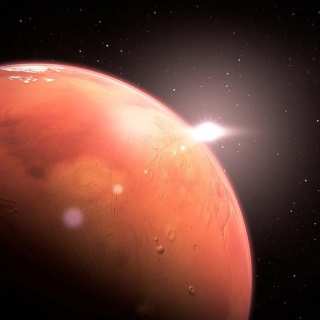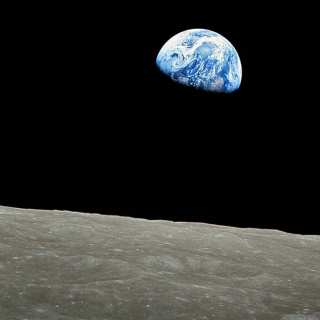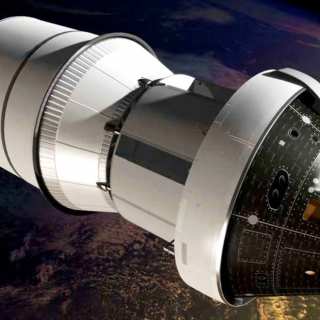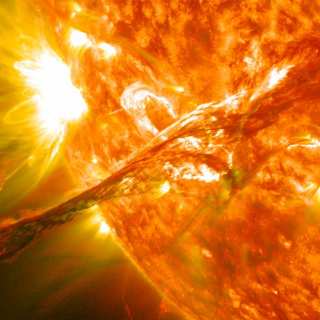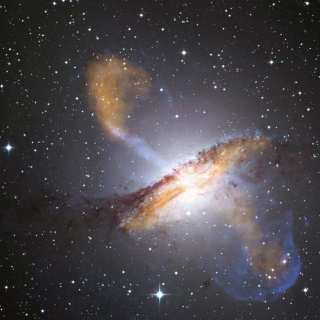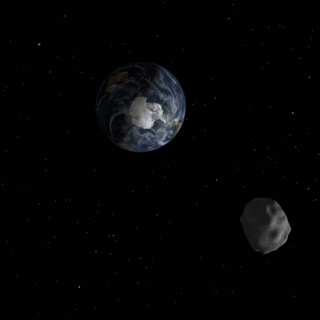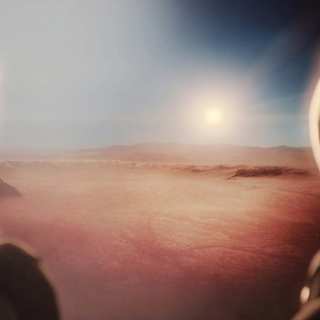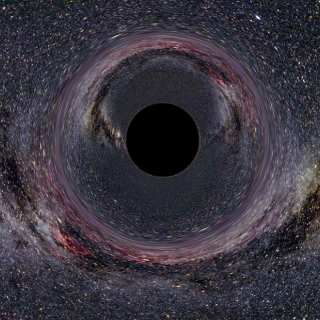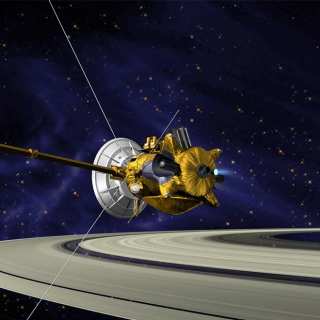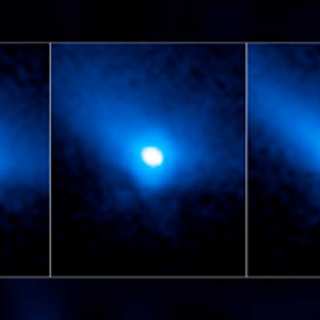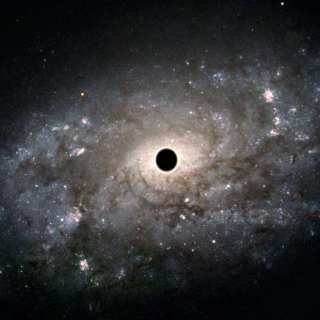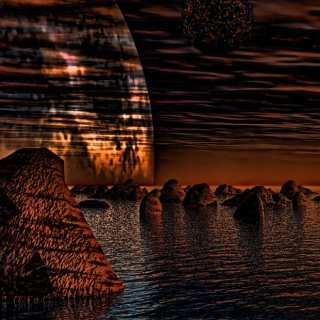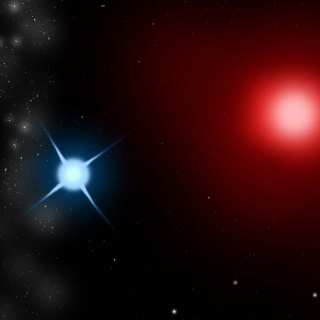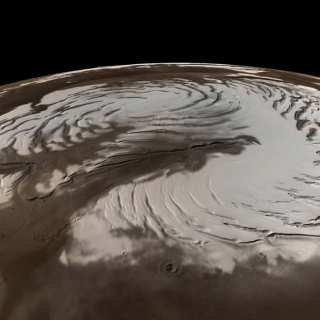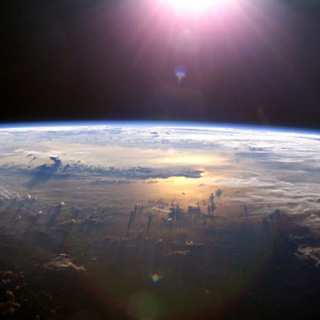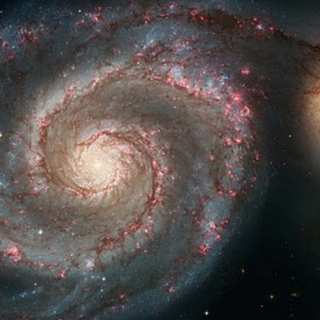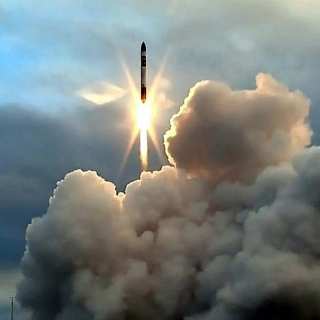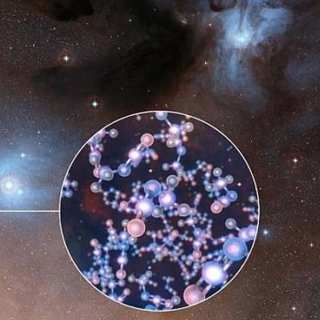Space
Oxygen on Mars: Is it Possible?
The race to Mars is well and truly on, but a major stumbling block so far has been how to create a breathable environment for those brave enough to volunteer as the founding members of any colony which may be established there. Consideration also needs to be given to the fuel required for any return trips from the red planet and whether it may be possible to produce this on Mars itself.
Discovery Of A Cave On The Moon: The Perfect Location For A Lunar Base Camp
The mission to create a colony of humans on the moon has just received a huge boost – in the unlikely discovery of a cave stretching into the surface of the moon. Scientists suggest that this could be the perfect location for a lunar exploration base. A team of international researchers released details of the find in Geophysical Research Letters, noting that the cave was found through researchers studying data collected by the Japan Aerospace Exploration Agency (JAXA) Kaguya lunar orbiter.
Can Bacteria Explore Space? Maybe
2017 has certainly seen some leaps in the technology and resources available to a handful of organisations that may be most likely to deliver more extensive space travel to more people. This has included a steady increase in the theoretical, experimental and practical research that will underpin how humans and other lifeforms will respond to space flight over longer periods. This includes all normal aspects of human life, including what happens to the bacteria the average person plays host to on an everyday basis.
Should We Be Worried About Solar Flares?
A solar flare hitting Earth and wiping out electricity grids and satellite communications might sound like something from a science fiction movie, but it’s happened before and scientists predict it could well happen again. A new study suggests that the likelihood is that the Earth will be hit by a serious solar flare within the next 100 years.
A New Field of Science Opened Up Thanks To LIGO and VIRGO
In a press conference today, scientists from over 70 different observatories came together to reveal new information about the nature of our universe.
Close Encounters With An Asteroid Allow For International Collaboration
On Thursday October 12, a small asteroid estimated to be between 10 and 30 meters in size is going to be the subject of international attention as a global team of scientists observe its orbit past the Earth. The asteroid, known as 2012 TC4, is due to pass us by at an altitude of around 44,000km (27,300 miles). This is lower than the altitude that the majority of geosynchronous satellites orbit the Earth. Its predicted that TC4 will be closest to the Earth as it passes just south of Australia, at around 05.41 GMT.
Physics Nobel Prize Awarded for Detection of Gravitational Waves
Since Albert Einstein first predicted the existence of gravitational waves in his general theory of relativity, astrophysicists have been on the lookout for these mysterious ‘ripples’, which are released due to the collision of huge objects like black holes. These collisions result in an alteration in the curvature of spacetime, which Einstein predicted could be detected here on Earth.
Life on Mars? It Might Happen Sooner Than You Think
Elon Musk and his company Space X have some grand plans for the future of humanity – with details released last night, at 12:30AM ET, at the International Astronautical Congress held in Adelaide, Australia.
Gravitational Waves From Black Hole Collision Detected By LIGO-Virgo Global Network
Einstein’s general theory of relatively first introduced the concept of gravitational waves in 1916. Gravitational waves are ‘ripples’ sent out across the universe as a result of massive objects such as black holes merging together and thus causing an alteration in the curvature in spacetime. It’s taken a while though, for scientists to build a detector sensitive enough to detect and therefore confirm the presence of these waves, which by the time they reach Earth can be almost imperceptible.
Cassini: The Greatest Show Not on Earth
Cassini-Huygens is probably the most famous deep-space probe humanity has produced. Its launch, a joint venture between the Italian Space Agency, the European Space Agency and NASA, was a major international collaboration intended to send images and other data about Saturn and its many moons back to Earth. However, none of these agencies could have anticipated in full the revelations that Cassini’s sensors and cameras would transmit over its lengthy mission.
Pair of Unusual Asteroids Have Been Assigned Comet Status
The Hubble space telescope has identified many objects in our solar system, with one of its recent missions to help astronomers discover more about a mysterious object in the asteroid belt between Mars and Jupiter. At first glance, this object appeared to be two asteroids orbiting each other, and was assigned as such. But further observations revealed that it also possessed characteristics in keeping with a comet. Astronomers knew that this meant they needed to take a much more detailed look.
Astronomers Discover Huge Black Hole Near Center of the Milky Way
Astronomers now agree that at the center of large galaxies, lie supermassive black holes. These black holes usually have a mass greater than a million solar masses. As yet though, the formation of these supermassive black holes has remained somewhat of a mystery. Astronomers have long suggested that perhaps a possible explanation for the sheer magnitude of these black holes is that they may have been formed from a number of smaller, intermediate-mass black holes merging together in order to eventually form a supermassive black hole.
Four Earth-Like Planets Orbiting Trappist-1 May Contain Water
In the constellation of Aquarius, lies a small star known as Trappist-1. Around this star, seven Earth-sized planets have been found, detailed in research released earlier this year. Now new research, released this week, suggests that a number of these planets may well contain water.
Antares The Red Supergiant Give Us A New Insight Into Stars
Scientists have just completed a study which has given a new information into both the atmosphere and surface of any star beyond our own solar system. The star in focus, quite literally, is a red supergiant known as Antares. This star is often also known as the ‘heart’ of the Scorpius constellation because as well as sitting in the middle of the constellation, Antares gives off a soft pink color, which can be seen with the naked eye.
The Red Planet Turns White: Unexpected Snowstorms Discovered on Mars
In a major new study released this week, scientists have just discovered that as the sun sets on the planet Mars, it is sometimes subjected to harsh snowstorms which batter the Red Planet.
Object ‘Teleported’ from Earth to Space
The idea of teleportation is no more just in sci-fi movies or fiction books, it has become a real-world phenomenon! Also called teletransportation, this power is defined as the transfer of energy without traveling any physical space.
Happy Tenth Birthday to Citizen Science Project Galaxy Zoo
Ten years ago, a newly created website called Galaxy Zoo used something known as citizen science when it asked members of the public to help them categorize images of galaxies. Citizen science projects involve asking willing volunteers to help with scientific research. The first stage of Galaxy Zoo specifically looked at organizing galaxies into groups depending on their shape, elliptical, mergers or spirals.
New Zealand Launches Battery-Powered, 3D Printed Rocket Into Space
The possibility of launching small satellites into orbit has just become more of a reality thanks to Rocket Lab, a company pioneering the production of low cost rocket launches. The company has just successfully completed the maiden mission of their rocket, Electron. Rocket Lab’s aim is a bold one – to remove the barriers of conventional missions into space, making it far easier to access low Earth orbits. Conventional launches can cost around $60 million however Rocket Lab suggests an Electron launch will cost users $5 million, a significant drop in price.
Radioactive Decay Could Support Extraterrestrial Life
Could radiation really encourage life in icy bodies or the ocean-planets of our solar system? Scientists at San Antonio’s University of Texas, in collaboration with the Southwest Research Institute (SWRI) have welcomed the possibility of radioactive decay leading to the support of analogous microorganisms from resulting molecules.
The Building Blocks of Life: Stars Similar to the Sun Found to Contain Prebiotics
Many areas of the universe where stars form are also known to contain complex organic molecules. These molecules contain six or more atoms, with at least one of these being a carbon atom. A group of these complex organic molecules are known as prebiotics, the structures of which are closely linked to molecules essential for life, including amino acids and sugars.

